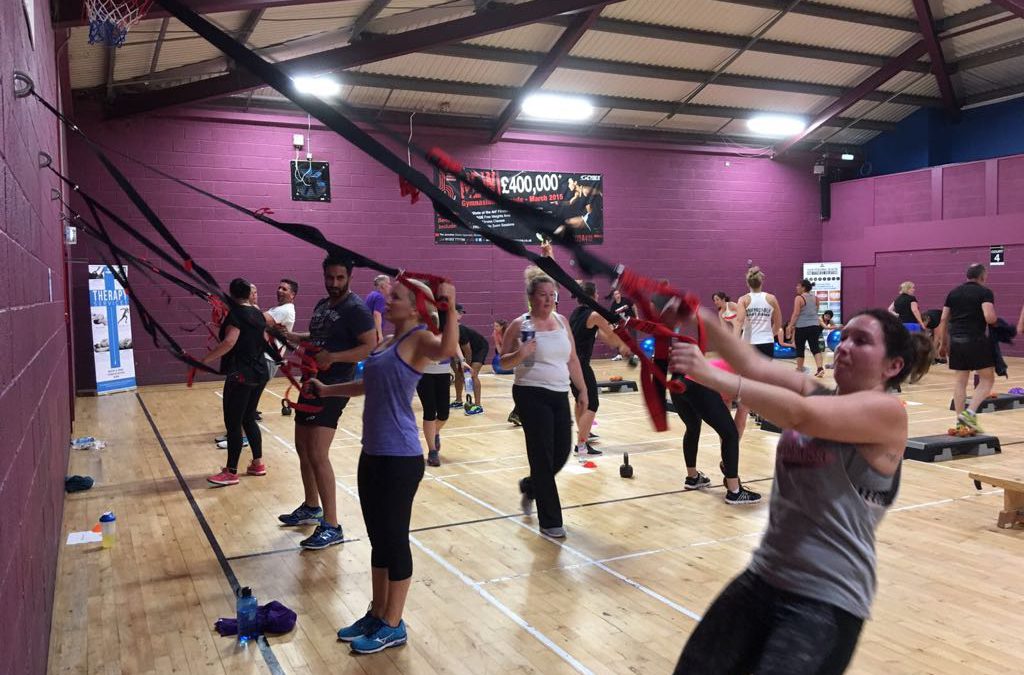10,000 steps versus HIIT – Which is best approach to get you fit?
There has been plenty of talk about the need to do lots of steps, with lots of us regularly checking our devices to see how many steps we have achieved in day.
There has been plenty of talk about the need to do lots of steps, with lots of us regularly checking our devices to see how many steps we have achieved in day. Is this approach actually getting us physically fitter or could there be a better and more efficient path to fitness. If you have ever recorded your steps you will know that it actually quite difficult to reach the much talked about 10,000 steps in one day, especially if you have a fairly sedentary job.
Most of us lead very busy lives and we have to put a lot of our time and energy into our work. We all need to figure out how to squeeze an effective fitness routine into the limited time that we have available? The good news is that HIIT looks like it might be a shortcut to fitness which doesn’t take anywhere nearly as much of our time as 10,000 steps or the ‘slow and steady’ approach to exercise.
What is HIIT?
HIIT, or high-intensity interval training, is a training technique in which you give 100% effort through quick, intense bursts of exercise, followed by short, sometimes active, recovery periods. This type of training gets and keeps your heart rate up and burns more fat in less time. HIIT increases the body’s need for oxygen during the effort creating an oxygen shortage. Your body compensates by demanding more oxygen during recover. This effect is called’ excess [post-exercise oxygen consumption is the key reason why intense exercise is more effective at burning fat than slower, steadier exercise.
HIIT vs slow and steady!
The effect of the intense exertion kicks your body’s repair cycle into hyperdrive meaning that you burn more calories in the 24 hours after a HIIT workout than you would after a steady-paced run.
Research shows that a 10 minute HIIT routine will burn more calories that a whole hour on the treadmill.
HIIT demands that you push yourself into the ‘anaerobic zone’ – this is when you feel that you can’t breath and you can feel your heart pumping hard in your chest. A study found that after 8 weeks of doing HIIT workouts the subjects could cycle twice as far as they could before the study and were able to maintain the same pace.
If we stick to a routine of dieting and slow and steady workouts we will lose weight, however, we are also quite likely to lose muscle along with it. Whereas, a combination of HIIT and weight training we are able to maintain our muscle mass whilst still losing fat. Which means that our bootcamps with their combination of HIIT and weight training exercises are the perfect way for us to lose fat and gain some muscle tone.
HIIT stimulates the production of your hormone growth hormone HGH during the 24 hours after your workout. HGH is not only responsible for helping us to burn more calories it also slows down the ageing process.
On balance, HIIT does appear to be a more effective and efficient way to get your body fit than the slow and steady approach. So it is probably time to stop recording your steps and start thinking about how you can include HIIt into your life.
How do I make HIIT part of my life?
The best way to start a HIIT routine is under the guidance of an experienced professional fitness instructor. They will help you to device a routine that works for you, making sure that you don’t push yourself too far, too soon. Our bootcamp sessions include well thought HIIT sessions interspersed with weight bearing exercises and the good thing is that you can get all of your exercise out of the way before work meaning that you can get home in the evening and relax, guilt free!




